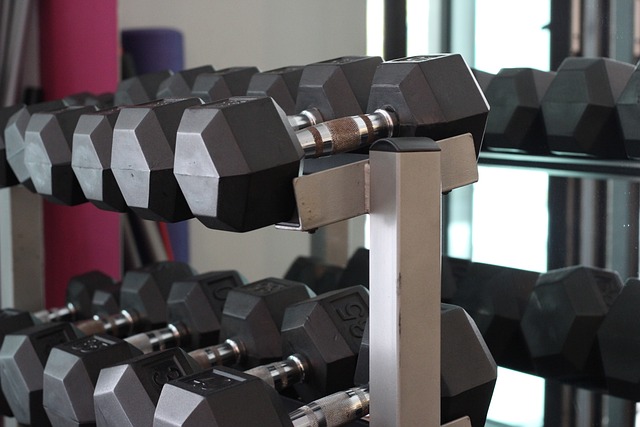 When we think of childhood, either our own or those in the movies or television , we think of children running around, laughing and playing. And this is the way things should be since childhood is the time to develop a good and healthy lifestyle. A lifestyle of healthy eating, a good night’s sleep and lots of physical activity.
When we think of childhood, either our own or those in the movies or television , we think of children running around, laughing and playing. And this is the way things should be since childhood is the time to develop a good and healthy lifestyle. A lifestyle of healthy eating, a good night’s sleep and lots of physical activity.
Over the years there have been many studies that have looked at the value of physical activity in all age groups, and universally there is a benefit to keeping one’s body busy. We are hearing and seeing more about childhood obesity, high blood pressure and type 2 diabetes.
Physical activity creates strong bones and muscles. Of course, when the body is moved even more it wants to get bigger and stronger as well. When a person exercises the body requires a steady supply of energy(sugar) to get into the muscles. For the muscles to absorb the blood sugar the body must release insulin. In the process of making this hormone, the body makes a long chain that is broken down into several compounds. The first is insulin, the second two are called Insulin like growth factor I and II. These molecules act like growth factor to make the body bigger and stronger, maximizing a child’s growth potential.
These muscles also increase the metabolic rate and therefore burns more calories. This is only true if the activity causes the child to increase his heart rate and breathe heavy for at least 45-60 minutes.The periodic increase in the heart rate helps with overall cardiac health which helps maintain proper blood pressure. Furthermore, the increased metabolism helps maintain proper blood sugar levels thereby decreasing the risks of diabetes. Regular activity also seems to regulate one’s eating, driving the child to eat a better balance of his meals. This is due to the body needing to maintain the itself when it is being regularly moved thereby looking for the proper foods.
As our memories demonstrate being active is fun and has been shown to help improve our mood and decrease depression and anxiety. With all of the fun one can have running around and playing it is easy to understand the effect of activity on one’s well being, Regular movement can also influence one’s academic well being since physical exercise has shown to influence achievement through improved concentration and attention.
Unfortunately recent studies have demonstrated that many children do not get enough physical activity on their own or in school even though they report that they have participated in physical activity. It is just not for a long enough interval. The Department of Health and Human Services recommends that every day, school aged children under 17 years old, have at least 60 minutes of physical activity. So go out and enjoy- walk, run, play ball and enjoy the great outdoors and your children.










